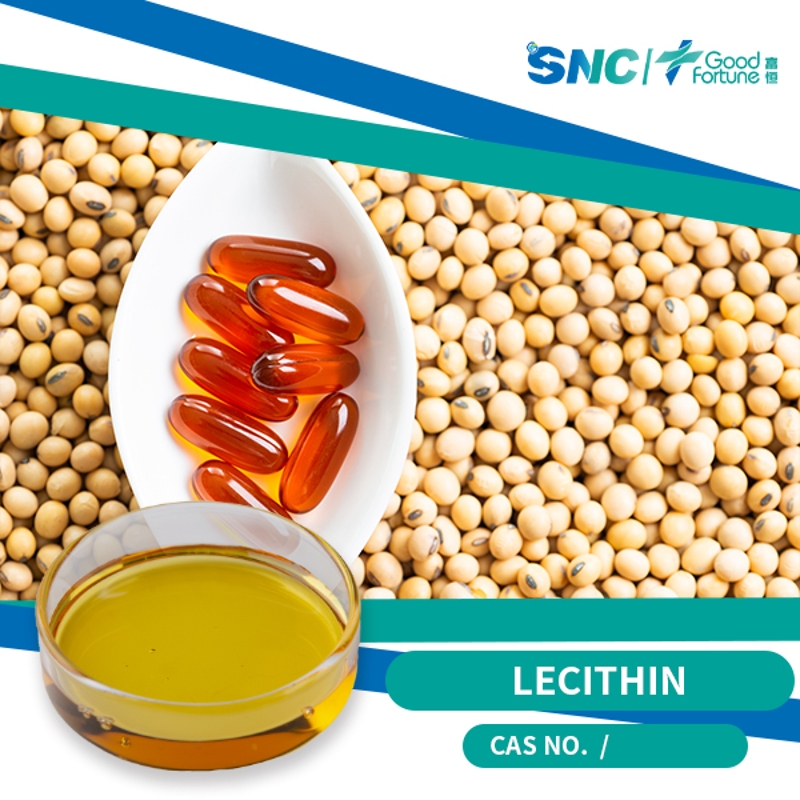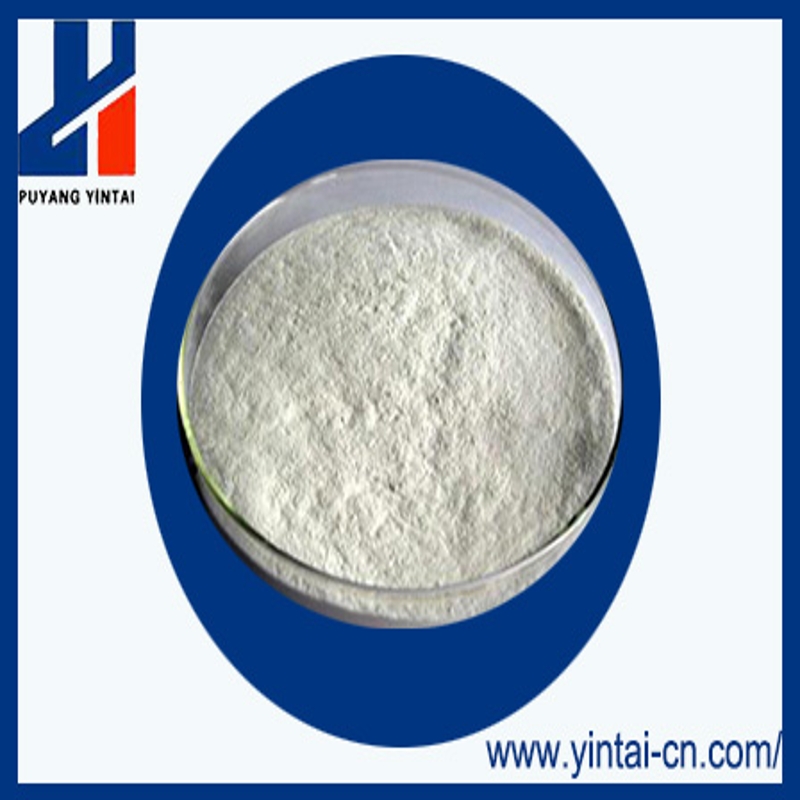The study found that light and shedding acid co-regulate the greening mechanism of seedlings
-
Last Update: 2021-03-02
-
Source: Internet
-
Author: User
Search more information of high quality chemicals, good prices and reliable suppliers, visit
www.echemi.com
the yellowing seedlings, after reaching the soil surface and sunlight, control the start and rate of greening by integrating a large number of environmental and internal signals, thereby improving their survival and adaptability. A new study by Li Gang of Shandong Agricultural University and Deng Sheng, a team at Peking University, reveals how light and plant hormone shedding acid (ABA) work together to regulate the greening of yellowing seedlings. The results were published recently in the journal Plant Physiology.
is one of the important environmental signals to regulate plant growth and development. In most species, when seeds germinate under dark conditions (e.g. in soil), it exhibits yellowing development, including elongated lower embryo shafts, folded top hooks, and tightly closed sub-leaves without the synthesis of synthesizing serotonin. Once the yellowed seedlings reach the surface of the soil and feel the sunlight, light-induced light patterns begin to occur, including inhibiting the elongation of the lower embryo shaft, opening the closed leaves, activating the production of colorin, and turning the seedlings green.
Under natural conditions, when yellowing seedlings grow close to or off the soil surface, drastic changes in the environment, such as reduced moisture, increased temperature and increased light intensity, can affect light patterns. These external environmental changes mainly regulate the light morphology of yellowing seedlings through signaling channels such as endo-growth hormone, ethylene, cell division, shedding acid and salient acid, thus improving the domestication and survival rate of plants.
Although shedding acid is known to play an important role in seed germination and early seedling, it is not clear how light and shedding acid can co-regulate the regulation mechanism of yellowing seedling greening.
the athropomorthic mustard transcription factor FHY3 was originally found in the far red light signaling pathway mediated by photosensitive pigment A. FHY3 can also be used as a key regulatory factor for a variety of cellular processes, such as circadian rhythm, leafy body division, pyrethlor biosynthetic, shedding acid and stress response, oxidative stress, etc., are related to FHY3. FHY3 plays a positive role in the biosynthetic synthesis of yeloroen.
In the study, the team found that the athropomorphic mustard de-yellowing 1 (DET1) factor is a key negative regulatory factor in the light pattern of plant seedlings, which plays a positive regulatory role in light-induced green change by inhibiting the acid reaction.
further studies have found that although the aco-southern mustard de-yellowing 1 weak allied gene deet1-1 plants exhibit a constitoured photomorphological esoteric esoteric form, the greening of its light-induced seedlings is significantly inhibited, especially in seedlings treated with shedding acid. In addition, the team found that DET1 interacted with FHY3 and inhibited its transcriptional activation of the acid insensitive protein 5 (ABI5).Theteam also confirmed that DET1 adsorbed histogenetic deacetylase 6 (HDA6) into the initiator region of ABI5 and subsequently inhibited the activation of FHY3-mediated ABI5 transcription in seedlings treated with light or shedding acid, promoting greening of yellowed seedlings.
These findings determine the molecular regulatory mechanism of light and shedding acid through DET1, HDA6 and FHY3 to coordinate the greening and shedding acid reaction of seedlings, reveal the physiological and molecular functions of DET1 and FHY3 in seedling greening, and provide a theoretical basis for plant integration light signal and shedding acid signal to finely regulate early seedling planting. (Source: Zheng Jinwu, China Science Journal)
related paper information:
This article is an English version of an article which is originally in the Chinese language on echemi.com and is provided for information purposes only.
This website makes no representation or warranty of any kind, either expressed or implied, as to the accuracy, completeness ownership or reliability of
the article or any translations thereof. If you have any concerns or complaints relating to the article, please send an email, providing a detailed
description of the concern or complaint, to
service@echemi.com. A staff member will contact you within 5 working days. Once verified, infringing content
will be removed immediately.







